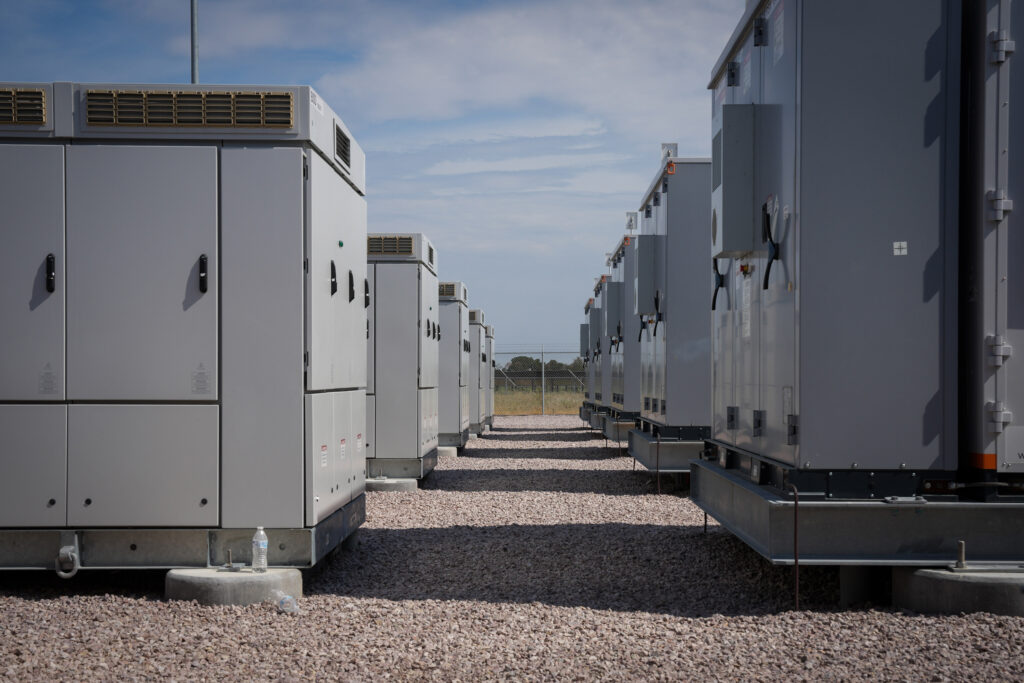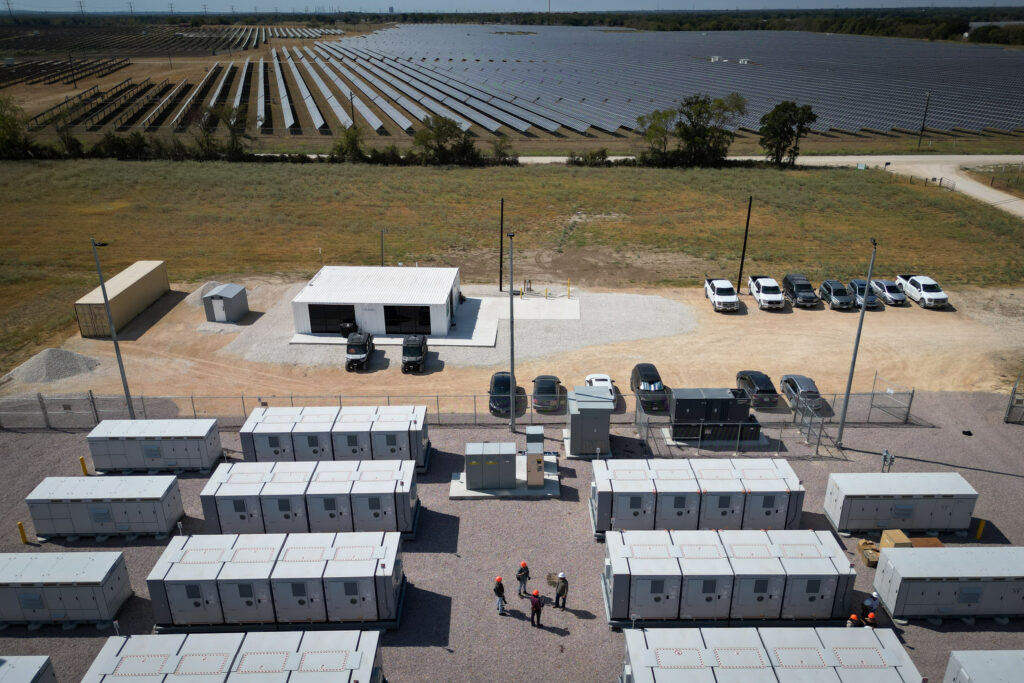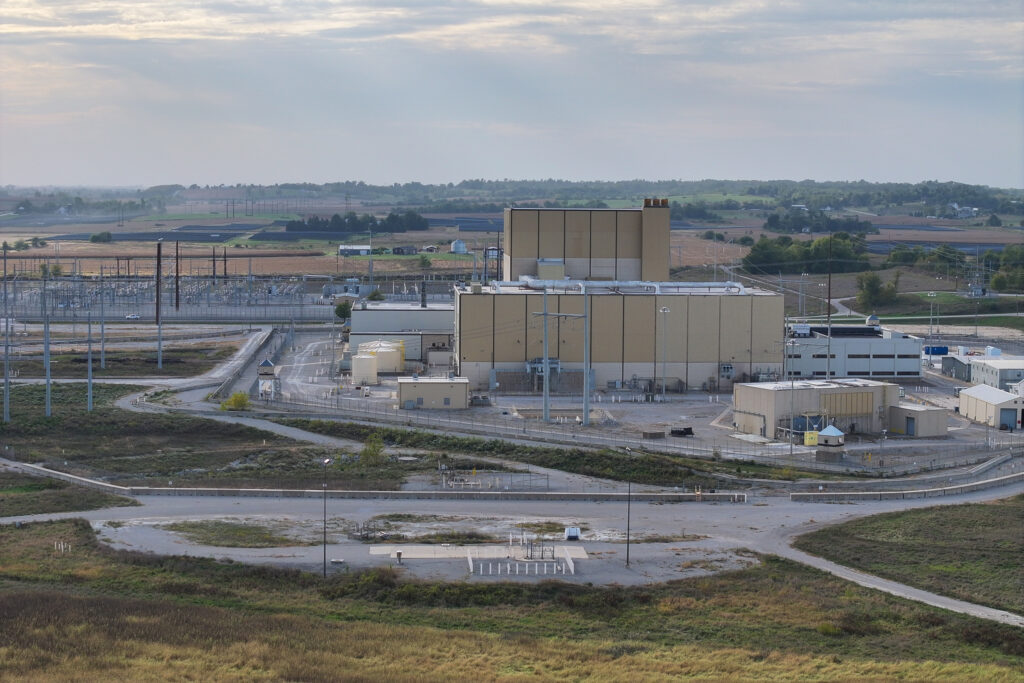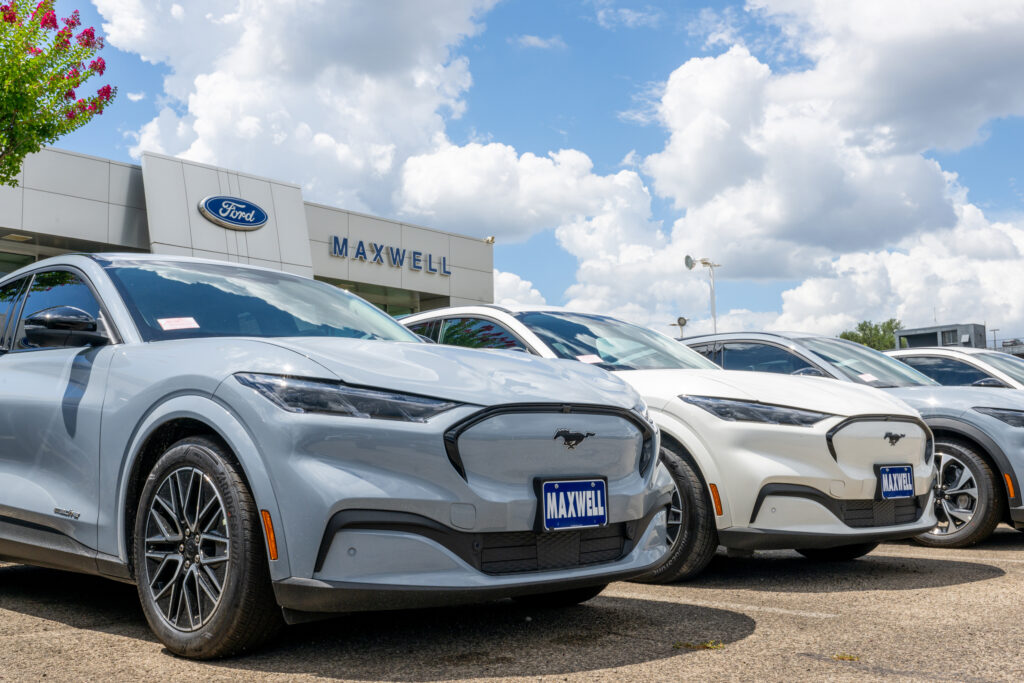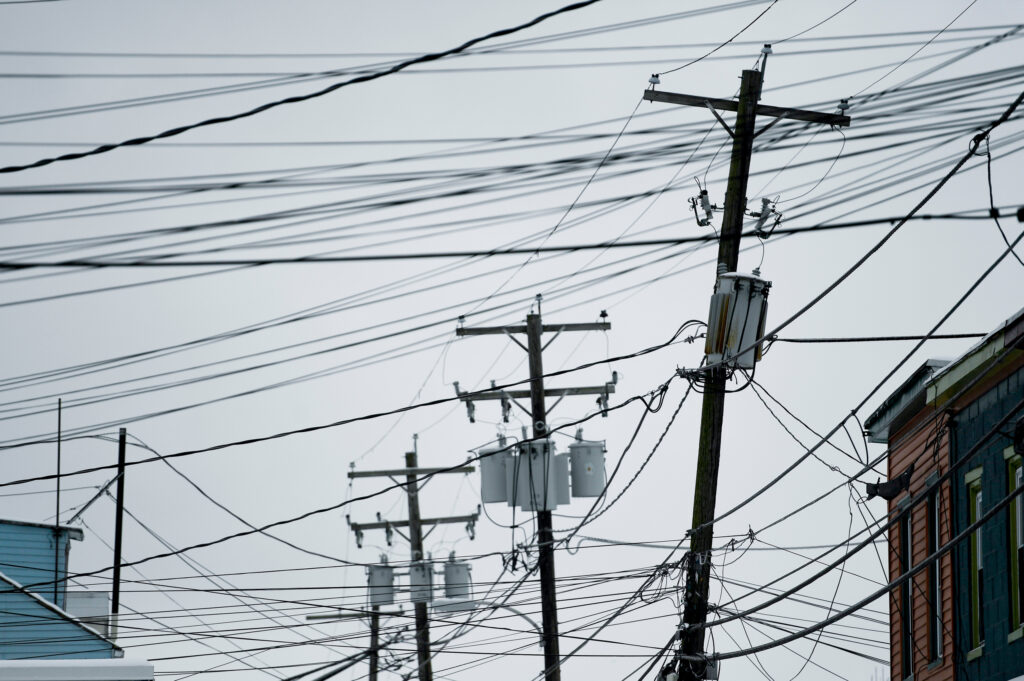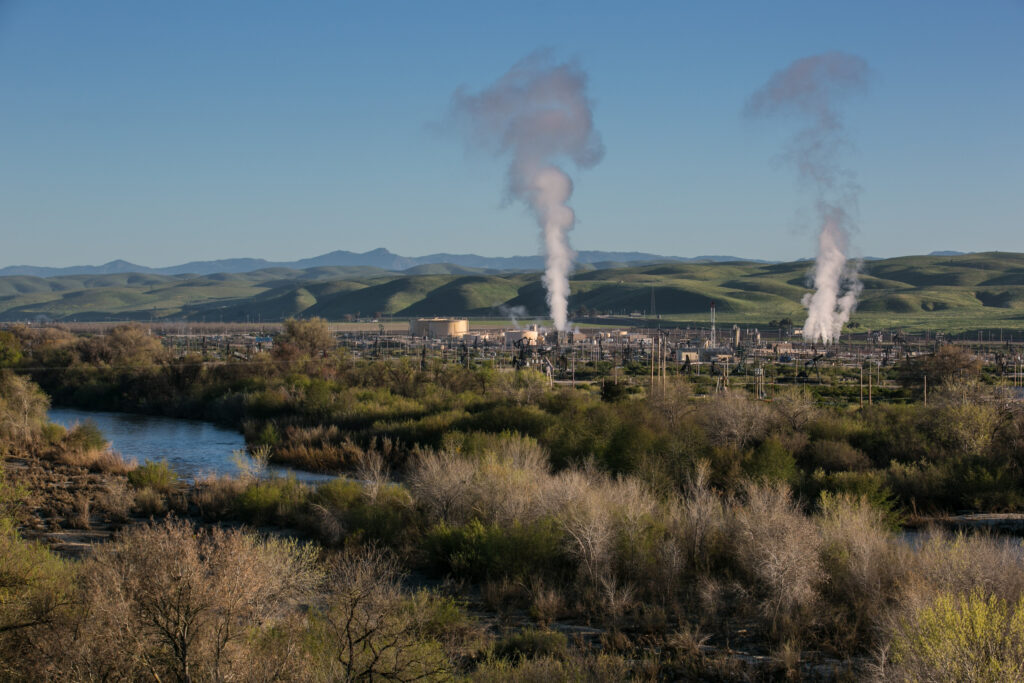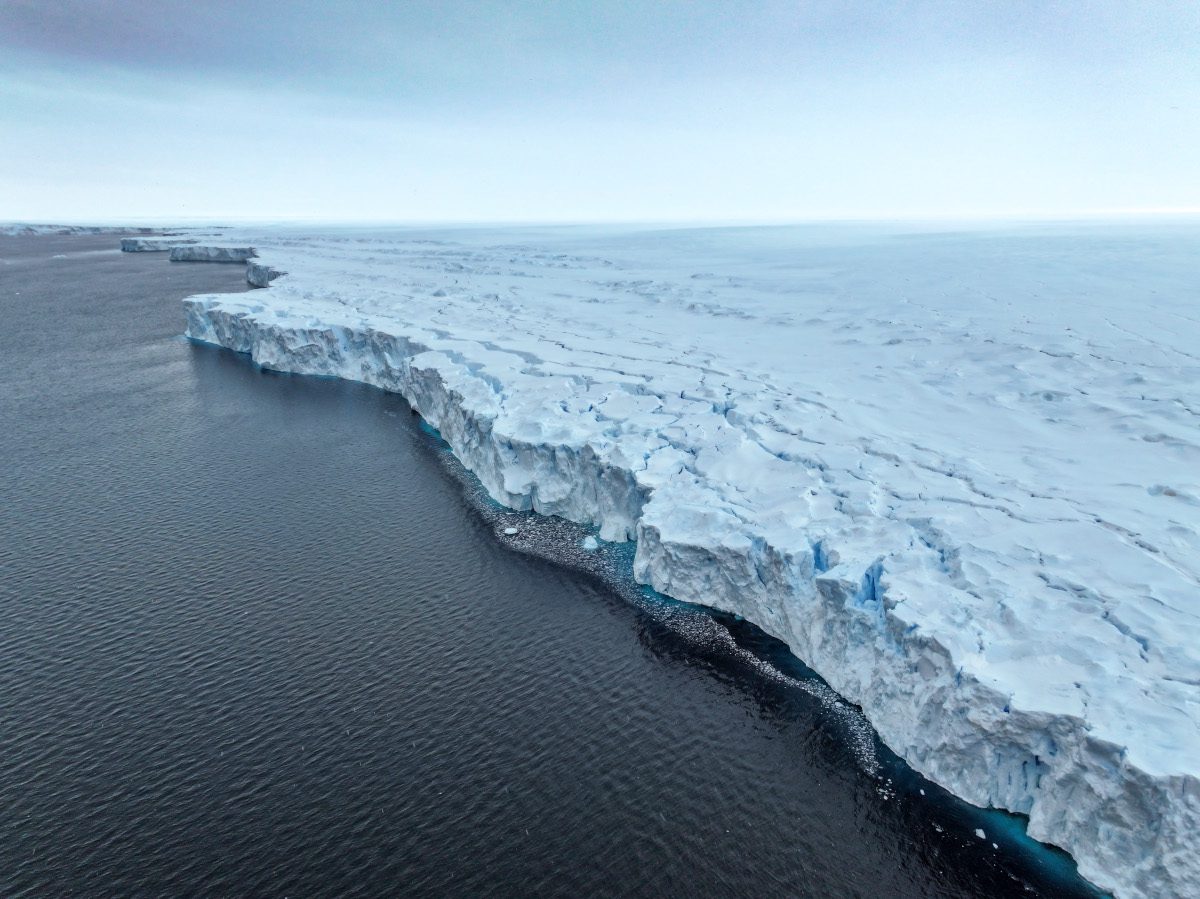The need for long-duration energy storage, which helps to fill the longest gaps when wind and solar are not producing enough electricity to meet demand, is as clear as ever. Several technologies could help to meet this need.
But which approaches could be viable on a commercial scale?
Toronto-based Hydrostor Inc. is one of the businesses developing long-duration energy storage that has moved beyond lab scale and is now focusing on building big things. The company makes systems that store energy underground in the form of compressed air, which can be released to produce electricity for eight hours or longer.
We’re hiring!
Please take a look at the new openings in our newsroom.
See jobs
I spoke with Curtis VanWalleghem, Hydrostor’s CEO and co-founder, to get an update on how close he is to breaking ground on large plants in Australia and California and to learn how he makes the case for his company.
He emphasizes the simplicity of his product.
“It’s a very simple system that just uses a hole in rock [plus] air and water,” he said. “And then the equipment is all from the oil and gas industry, so you don’t need new manufacturing or anything.”
Some background on why long-duration storage matters: The grid of the near future will require a mix of energy storage resources to fill gaps when there are lulls in generation from wind and solar. Most lithium-ion battery systems run for a maximum of four hours. Energy system planners have said the grid will also need storage options that can run six, eight and 12 hours, and some that last as long as a day or more.

The Department of Energy has identified the need for long-duration storage as an essential part of fully decarbonizing the electricity system, and, in 2021, set a goal that research, development and investment would help to reduce the costs of the technologies by 90 percent in a decade.
A variety of companies and technologies are competing for a share of the market. This includes several types of long-duration batteries, and some resources that have been around for a while, such as pumped hydro storage at hydroelectric dams.
Hydrostor’s first large project to go online is likely going to be Silver City Energy Storage Centre in Australia, which will have the ability to discharge at 200 megawatts for up to eight hours. Construction should begin around the end of 2024 and the plant should be running by mid-2027, VanWalleghem said.
The next project would be Willow Rock Energy Storage Center, located near Rosamond in Kern County, California, with a capacity of 500 megawatts and the ability to run at that level for eight hours. Hydrostor is aiming to begin construction by late next year and have it running before 2030. But before that, the company needs to get a permit from the California Energy Commission, a process that has restarted after a brief pause.
Unlike some other long-duration storage companies, Hydrostor has proven its technology. The company has operated a small, 1.75-megawatt plant in Goderich, Ontario, since 2019, which can run for about six hours at a time. Compressed-air storage existed before Hydrostor—plants in Germany and Alabama have been around for decades and use variations on this approach.
Hydrostor’s system uses a supersize air compressor that ideally would run on renewable electricity. The system draws air from the environment, compressing it and moving it through a pipe into a cavern more than 1,000 feet underground. The process of compressing the air produces heat, and the system extracts heat from the air and stores it above ground for reuse. As the air goes underground, it displaces water from the cavern up a shaft into a reservoir.
When it’s time to discharge energy, the system releases water into the cavern, forcing the air to the surface. The air then mixes with heat that the plant stored when the air was compressing, and this hot, dense air passes through a turbine to make electricity.
The long-term viability of the technology will be closely tied to how its cost compares to other types of long-duration storage. The California plant has a projected cost of about $1.5 billion, which would make it competitive with pumped hydro and other available options. The users of the plant’s services would include Central Coast Community Energy, a nonprofit power provider based in Monterey.


VanWalleghem said there is room to push costs down as the company gains experience from these first few plants. The storage systems have a projected lifespan of about 50 years, which is an important data point when comparing it to battery systems, which have much shorter lives, he said.
Yiyi Zhou, an analyst for BloombergNEF, said Hydrostor is one of about 100 companies that focus, at least in part, on developing long-duration energy storage.
Hydrostor stands out, she said, because its technology is “relatively mature” and the company has also been one of the most successful in the space at raising money from investors.
BloombergNEF reported a global total of 1.4 gigawatts and 8.2 gigawatt-hours of long-duration energy storage as of last September, excluding pumped hydro. The average duration, which you can calculate by dividing gigawatt-hours by gigawatts, was 5.9 hours.
For perspective, the two Hydrostor projects being developed have a combined capacity of 0.9 gigawatts, more than half of the global total now online.
For this year and next, the long-duration storage technologies likely to see the fastest adoption are compressed air storage and flow batteries, according to BloombergNEF. (I wrote an explainer on flow batteries in 2022.)
I find it challenging to get my arms around this part of the clean energy economy because of the large gap between what’s been developed and what’s in some stage of planning. There are many opportunities for projects to sputter and die along the way.
With this in mind, I’ll be watching to see whether Hydrostor is able to begin construction on schedule in Australia and whether it can navigate the regulatory approval process for the plant in California.
The California project has gone through some big changes. At one point, Hydrostor had two proposals in the state, but dropped one because of challenges in the permitting process, including some issues with building in a location overseen by the California Coastal Commission. The remaining project, Willow Rock, has also gone through changes to the design and the location in response to feedback from the local community and from regulators.
This story is funded by readers like you.
Our nonprofit newsroom provides award-winning climate coverage free of charge and advertising. We rely on donations from readers like you to keep going. Please donate now to support our work.
Donate Now
The California Energy Commission paused its review of Willow Rock last fall to give Hydrostor time to provide details on its updated plan. The review process began again in March and could be complete as soon as this time next year.
One of the factors to keep in mind is that California’s state government and the California Energy Commission have made clear that they want to build long-duration energy storage. The state has estimated that it will need 4 gigawatts of long term energy storage capacity to be able to meet the goal of 100 percent clean electricity by 2045.
Hydrostor and state officials want to see this project get up and running. If that happens, it could provide a showpiece to make the case for building many others.
“We’re just looking forward to the growth, just getting these projects constructed and then start doing more, five, 10 projects at a time,” VanWalleghem said.
Other stories about the energy transition to take note of this week:
Power Plant Pollution Targeted in Sweeping Actions by Biden Administration: The Biden administration finalized a sweeping set of regulations for power plants. The rules offer plenty of exemptions, much leeway and additional time for industry to comply, as my colleague Marianne Lavelle reports. Power plant operators need to meet a carbon dioxide limit equal to the reduction of installing a carbon capture system and running it at 90 percent efficiency. Plant operators have until 2032 to comply, two more years than previously planned. The rules face pushback from some state officials who are closely allied with fossil fuel companies, including West Virginia Attorney General Daniel Morrissey, who said he will fight back against “Biden’s anti-energy agenda.”
Biden Administration Moves to Speed up Permits for Clean Energy: The Biden administration released rules designed to streamline permits for clean energy projects while also requiring federal agencies to more heavily weigh the effects of climate change on low-income communities before approving projects like oil wells, as Coral Davenport reports for the New York Times. The rules would allow projects with a long-term environmental benefit to receive expedited environmental reviews.
Tesla Axes Supercharger Team in Blow to Broader EV Market: Tesla has laid off almost everyone in its Supercharger organization, a group of nearly 500 employees that has built a vast network of EV charging stations, as Dana Hull, Edward Ludlow and Keith Naughton report for Bloomberg. The decision shocked the auto industry at a time when nearly every major automaker is in the process of adopting a charging system compatible with Tesla’s network. The cuts include Rebecca Tinucci, who was senior director of the Supercharger group and was a key figure in Tesla’s dominance of charging infrastructure. Tesla CEO Elon Musk said the company still plans to grow the charging network, just at a slower pace for new locations.
Assessing the Future of U.S. Nuclear Power After Vogtle: The final new reactor at Plant Vogtle in Georgia has begun sending electricity to the grid, marking the completion of a project that was long delayed and vastly over budget to the point that nobody else in the United States wants to build a similar large plant, as Zach Bright reports for E&E News. The nuclear industry has shifted to focus on developing small, modular reactors, but this technology has yet to be deployed on a commercial scale.
Will There Be Less Wind to Fuel Wind Energy? Wind energy generation declined last year across the country, including in Illinois, largely due to weather factors that reduced wind speeds. Researchers are trying to determine whether climate change is contributing to the decrease in wind speeds, as Brett Chase of the Chicago Sun-Times and I report. It is not new to see variations in wind speeds from year to year, but this becomes a greater concern for the electricity grid as it relies more on renewable sources of electricity.
Inside Clean Energy is ICN’s weekly bulletin of news and analysis about the energy transition. Send news tips and questions to [email protected].




